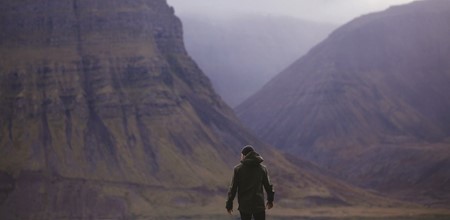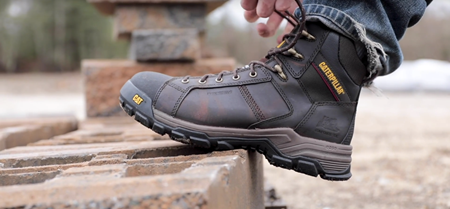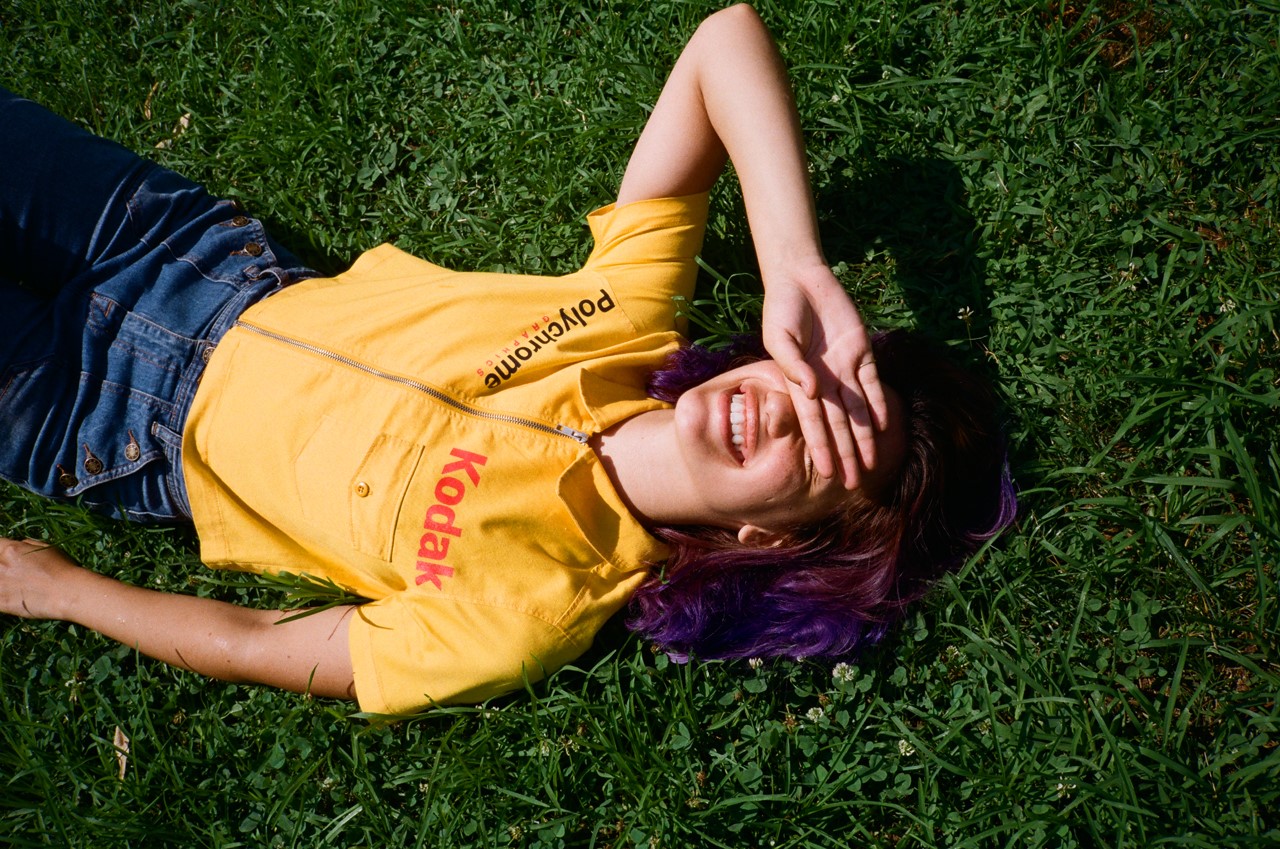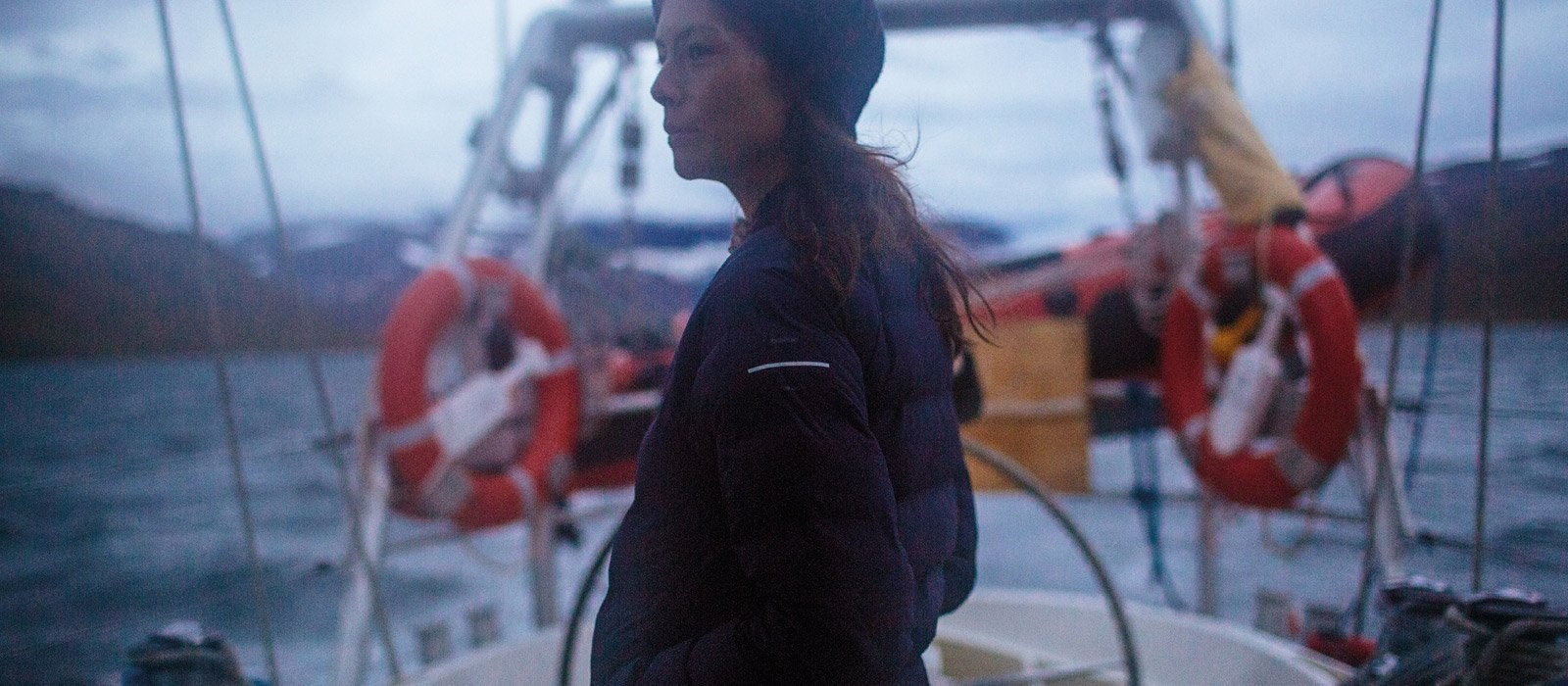Adapt or die

Crafting a lifestyle brand that can interact with and even shape culture, while still strengthening its core proposition, requires a level of adaptation and flexibility that can make or break a company’s success. Brittany Golob investigates what makes a lifestyle brand work and what happens when disaster strikes
For fans of Disney, one of the biggest aspirations is to be an annual pass holder to Disneyland or one of the other Disney parks. The hallowed ticket comes in multiple bands, causing even pass owners to aspire to a higher (and more expensive) level of membership. The Disney brand is never far for fans, with options related to travel, merchandising, leisure and promotional partnerships. And of course, the omnipresent entertainment machine keeps Disney’s avid fanbase wanting more.
Disney is a leader in many categories, but it is arguably one of the strongest, most recognisable lifestyle brands on the planet. Its reach knows few bounds and its penetration into countless categories enables the brand to pervade almost every part of a fan’s life.
For lifestyle brands, it’s adapt or die. They have to ensure that by extending their brand, they are not diluting it. They have to evolve, to examine their relationship with culture and to mitigate their impact on the environment. They have to craft impeccable, aspirational brand worlds that appeal to consumers and they have to ensure they do so without relying too heavily on trends – a misstep that can lead to disaster.
Yet for those who aspire to be a lifestyle brand, the journey is not as simple as picking a niche and capitalising on it. Indeed the graveyard of those who have attempted to craft a world surrounding their brands, but foundered doing so, is warning enough to proceed with caution.
“You can end up with brands copying each other,” Sophie Maxwell, futures director at brand agency Pearlfisher, says. “For us, the big danger is going away from your core proposition. It’s easy to go into grey areas, then you end up with a confused proposition.” She advises brands to focus on truth and desire, and then work on the brand across all its assets to ensure that a complete experience leads to a lifestyle positioning.
Pearlfisher, which undertook extensive research into lifestyle branding, through its ‘Life Mode’ report, defines lifestyle branding as ‘brands and ideas that can shape how people live and to what they aspire.’ Achieving this may be the holy grail of brand loyalty, leading to a dedicated, vociferous army of supporters – the likes of which can help propel a brand to widespread success or cult status. It can also reinvigorate an ailing brand.
Kodak, once an imaging and photography giant, and pervasive lifestyle brand – long live the ‘Kodak moment’ – filed for bankruptcy in 2012. It was founded with the desire to make photography accessible. It created the leisure and professional photography industries and crafted a community of avid users who preferred Kodak not just for its quality products, but for its iconic, flexible brand. Its demise not only signalled, but eventuated the collapse of interest in analog photography.
Since then, with a focus almost entirely on B2B and print-related products, Kodak had become virtually invisible to the Gen Z market. Now, though, it is slowly regaining its lifestyle status through a variety of brand licensing activities that is putting the Kodak brand – and analog photography – back into people’s hands.
Kodak is working with fashion partners like Kenzo, Opening Ceremony and, most recently, Forever 21, to put the always-cool Kodak visual identity and colours onto fashion merchandise. Its endeavours are supplemented by the cultivation of a community of avid analog photographers and videographers. Kodak also uses these consumer-facing strategies to further develop its innovative new products on the B2B side of the business. “You have to start by making it cool,” chief brand officer for Kodak, Dany Atkins, says. “Then, make it more mass and then, look at innovation as a brand strategy. It’s important that we leverage our heritage in categories that fit with the brand, but that we’re also launching new initiatives that fit in the imaging economy, but are very much digital.”


“What we did from a strategic and brand perspective was to look at that [historical] narrative and bring the story of Kodak back into the Kodak brand. We brought back all of its colour and the magic and the optimism”

Kodak isn’t the only company to focus on fashion as a means to build a brand world. Longtime construction machinery manufacturer Caterpillar also uses licensing to encourage a deeper connection with its core brand. The audience for its extensive range of shoes, clothes and accessories is the general public, but also, says program manager in Caterpillar’s licensed merchandise group, Lesley Godby, “It’s our existing operators, existing machine owners. It could be people that aspire to own a piece of Caterpillar equipment. It could be children that we want to try to influence when they’re younger so that when they’re older they may be in a position to buy machines for their company or operate machines. We’re hoping to influence them with their decisions to purchase Caterpillar.”
It’s a strategy that is working well for Caterpillar in terms of revenue, but also in terms of brand awareness. Those in the construction industry and those with no connection to it have made the licensed products not just popular, but cool.
Kodak is taking a similar tack with its Forever 21 line. The products, which launched in over 600 stores globally, are bringing Kodak to life for a younger audience. Inspired by Kodak’s 1990s-era partnership with Nascar, the clothes are equally ’90s inspired, blending Kodak’s iconic colour palette with modern fashion styles. “What we did from a strategic and brand perspective was to look at that [historical] narrative and bring the story of Kodak back into the Kodak brand,” Atkins says. “We brought back all of its colour and the magic and the optimism. That’s now translating to fashion but also other lifestyle products like instant print cameras.”
There are many other successful examples of brand extensions into fashion and accessories, but becoming a lifestyle brand relies on more than great products and a strong sense of brand identity. Pearlfisher’s Maxwell says there is a danger in overextending the brand. To avoid that, brands need to understand the context in which they operate and how it is changing. Maxwell points to Hermes – of luxury, not courier fame – as a prime example. “They never attempted to be a fashion brand, because fashion changes,” she says.
And for some, that change has meant disaster.
Just look at the havoc wrought on Kodak with the birth of digital photography. Consider Sears’ decline and fall or Pan Am’s collapse. Abercrombie & Fitch is a key case for aspirational lifestyle brands to avoid emulating. Its scent-laden stores, sexy photography style and prep school chic led it to become one of the most popular brands of the 2000s. Its share price reached highs in the $70s in 2007 and 2008 before plummeting to a low of around $17 per share in November 2008. Not only did fashion change, prompting staunch supporters to turn fickle and abandon the brand, but it failed to adapt to those changes.
The brand was slow to respond to the poor perception of its employment practices. It failed to respond to a desire for lower prices. It failed to listen to its community. And so it fell.
So too has J. Crew experienced a fall from grace. Positioning itself around the east-coast-prep-Martha’s Vineyard narrative, the brand has enjoyed some success over the years. But, in an era dominated by experience, consumers want more than just nice clothes. Revenues are down. Shoppers are turning to stores that can offer deeper experiences or add to their lifestyles, in a way that J. Crew has failed to do.
The American Marketing Association says, “A lifestyle brand is a company that markets its products or services to embody the interests, attitudes, and opinions of a group or a culture. Lifestyle brands seek to inspire, guide, and motivate people, with the goal of their products contributing to the definition of the consumer’s way of life.” And, Maxwell adds, brands need to consult their audiences and bring their consumers into the brand in a consultative, relationship-building way. “In a world where people are so worried about customer loyalty, once you make your consumers stakeholders in your brand, then you have the loyalty that you’re probably seeking,” Maxwell says.
She says brands should, “democratise everything” and turn consumers into influencers. That’s something both Caterpillar and Kodak have done alongside their licensing strategies. For Kodak, analog enthusiasts have been given the opportunity to join a Kodak-supported community and to photograph and film the marketing campaigns for the licensed fashion products. “Influencer culture is very key to understanding trends in both fashion and culture,” Atkins says. “We created a community around passion points like analog and modern nostalgia.” Kodak is shaping its community in the style of founder George Eastman who wanted to make photography simple and accessible. “Branding is all about storytelling, and if you’ve got an authentic story, then that’s the story to tell,” Atkins says.

At Caterpillar, influencers have become one of the key ways of building brand awareness. A recent campaign called the ‘Earthmovers’ featured brand ambassadors in short films with only minimal tie-ins to Caterpillar products. The light touch evokes a lifestyle feel to the films. “It helps us get the word out,” says Godby. But the influencer approach also encourages Cat machine operators to wear some of the licensed products on the job site, then head out to meet their friends after work, building awareness person-to-person. The programme will carry on, she says, “To see how we can reach that job-site worker, that construction worker, that person who is looking to have some association with Caterpillar. We’re constantly looking for product categories that we can extend to, that still make sense, and still tie it back to the brand.”
Both Kodak and Caterpillar have shown a willingness to adapt, to take risks with the brand in order to achieve greater gains. And it’s working in terms of propelling the brands into lifestyle status.
For some, though, adaptation requires an examination of the brand’s impact on the world. Pearlfisher’s ‘Life Mode’ research found that those brands that can improve the environment, their communities or themselves are better able to adapt to changing desires and changing business contexts. The report urges brands to, “Define what you stand for, elevate your behaviour, harness change and drive true cultural progression.” Patagonia is one of the best examples of a company that has identified a challenge within its marketplace – the limited number of outdoor clothing and supplies purveyors who operate under sustainable business practices – and shaped its brand around that. It has become a major proponent of those ascribing to an outdoor lifestyle who also care about their impact on nature and seek to support brands who do something about it.
British surf and leisure brand Finisterre has a similar origin story. Founder Tom Kay said at a Pearlfisher event earlier this year, “My motivation for how I live my life and why I founded this brand – with an ethos that remains the same as we move into the future – is built on the principles of longevity, of purpose, resilience and commitment.”
He writes on the Finisterre website that a new approach to manufacturing would be at the core of the brand, “At the same time, I wanted to push innovation and product development in an industry that I felt was lacking. So I set about building a brand that would address this need, making innovative product built for purpose that would last. I wanted the brand to be committed to a better way of manufacturing, both in the fabrics we use and the manufacturers we choose to work with, seeking alternatives to what has gone before wherever possible. Then share this with our customers through an honest and open brand narrative.”
The result is a brand that uses technological innovation to develop longer-lasting, more sustainable and higher quality products. But it is also a brand that evokes a strong sense of the lifestyle it espouses. Its brand imagery is full of rugged landscapes and the interplay between people and nature. Whether its through sport, adventure or simply existing in a natural setting, the brand offers a unique perspective – and product – for its consumers. Its ability to stand by its founding ethos while also innovating have allowed it to become an adaptable, culture-conscious lifestyle brand.
Crafting a bespoke brand lifestyle is hard to get right. And the risks are steep for those who fail. But if brands can adapt – like Kodak – if they can embrace new strategies – like Caterpillar – and if they can spark new ideas about the impact brands have on the world – like Finisterre – they can thrive.












